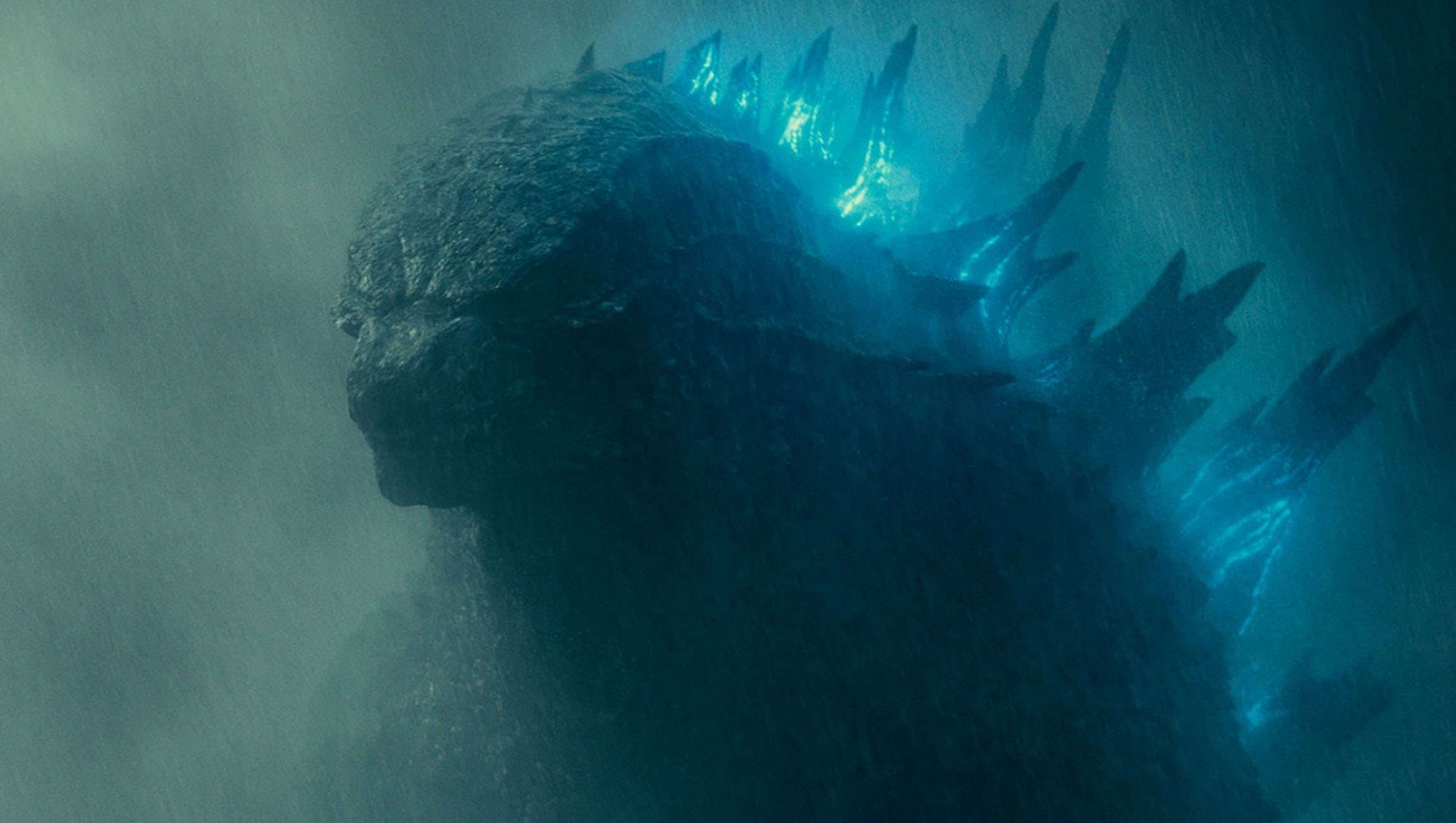Create a free profile to get unlimited access to exclusive videos, sweepstakes, and more!
Radioactive decay may have revealed when and where the earliest dinosaurs emerged

While something involving dinosaurs and radioactive decay might sound like the reanimation of Godzilla, there is something about the tiny Pisanosaurus could mean a monster discovery.
The most infamous kaiju of all time is a dinosaur that emerged from the depths of the ocean after being zapped back to life by nuclear radiation. While that isn’t what happened with Pisanosaurus, a team of scientists used uranium-lead dating to demystify when it originated based on the rocky outcrop its bones were found in. Isotopes of lead that resulted from radioactive decay of uranium revealed that it appeared around a critical time in evolution. The team is now convinced that this species goes all the way back to when the first dinosaurs walked the Earth.
“Pisanosaurus mertii has been for a long time regarded as the oldest known ornithischian, but its dinosaur affinity was recently challenged,” said MIT researcher Jahandar Ramezani, whose team reexamined the fossil and co-authored a study recently published in Scientific Reports.
Dinosaurs, which share a common ancestor, diverged into saurischians (lizard-hipped) and ornithiscians (bird-hipped) around 229 million years ago. The fossilized remains of Pisanosaurus were unearthed in 1962 from Argentina’s Ischigualasto Formation. Preserved in this site were the fossils of some of the earliest known dinosaurs, which had scientists believing that dinosaurs first appeared in what is now South America when it was still part of Pangaea. They spread out after diverging. Ischigualasto was thought to be the only place this happened—until Ramezani’s team realized that its timing overlaps with that of the Chinle Formation in North America.
Enter uranium-lead (U-Pb) dating. It only sounds like zapping a dinosaur back to life. This method figures out the age of a geological feature by using the radioactive decay of uranium isotopes into stable lead isotopes. Only three uranium isotopes degrade into stable lead isotopes (which means up to three ages can be determined). The known decay rates of the uranium isotopes show how much radiogenic lead— lead that is the product of radioactive decay—has accumulated in those same minerals in relation to how much of the radioactive uranium isotope remains.
Uranium-lead dating proved the two formations overlapped, meaning that early dinosaurs didn’t just evolve in South America as previously assumed. This might be an answer to the controversy over whether Pisanosaurus was a dinosauromorph (reptiles which resembled but predated dinosaurs) or the earliest ornithiscian dinosaur. Ramezani insists it is a dinosaur.
“Pi. mertii fills the long ghost lineage between other members of the group (Early Jurassic) and the oldest known saurischians (233 million years ago),” he said. “As a result, the long ghost lineage is transferred into the ornithischian clade, with the group absent in the fossil record for more than 30 million years.”
There are some features of Pisanosaurus that remain questionable. Parts of its bone structure has been likened more to silesaurids, the dinosauromorphs that were most closely related to dinosaurs, but it is possible that some of the bones found with the skeleton belonged to a smaller reptile that was possibly an early saurischian dinosaur that remains unidentified. That is one factor which led to skepticism about whether reptile had evolved enough to be a dinosaur. Other aspects of its skeletal morphology, such as its ribs and vertebrae, are present in both silesaurids and ornithiscians.
The team found ten ornithischian characteristics of Pisanosaurus, and while they concluded that supported its identity as a dinosaur, more research will be conducted in the future.
“Pisanosaurus mertii provides key clues about the early evolutionary history of Ornithischia,” Ramezani said. “However, at the same time, it shows how deficient is our current knowledge of the first million years of evolution of this main dinosaur lineage.”
Just be glad that radioactive decay didn’t trigger a Godzilla phenomenon.


























